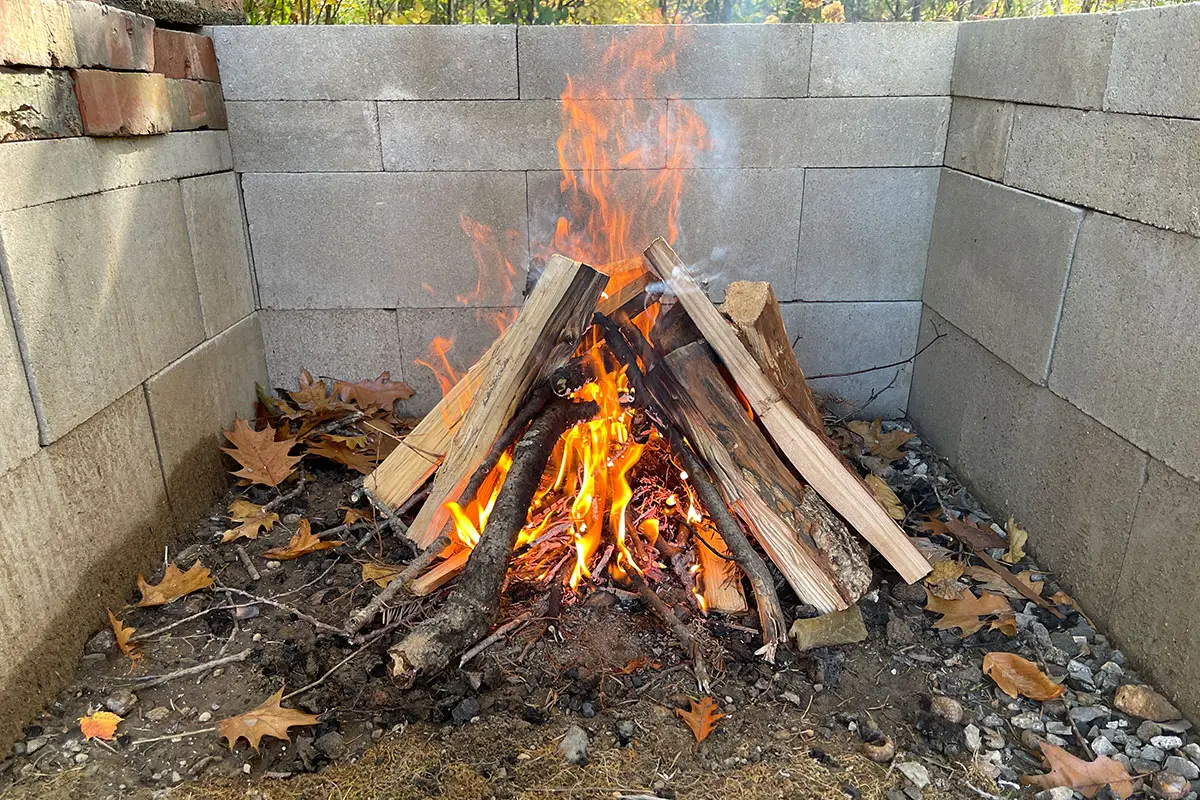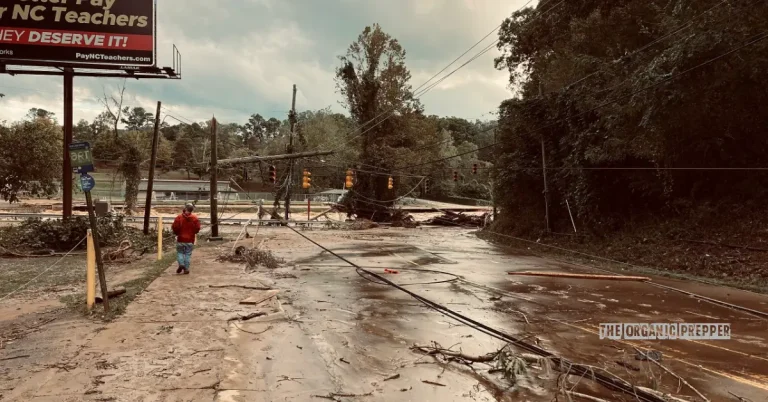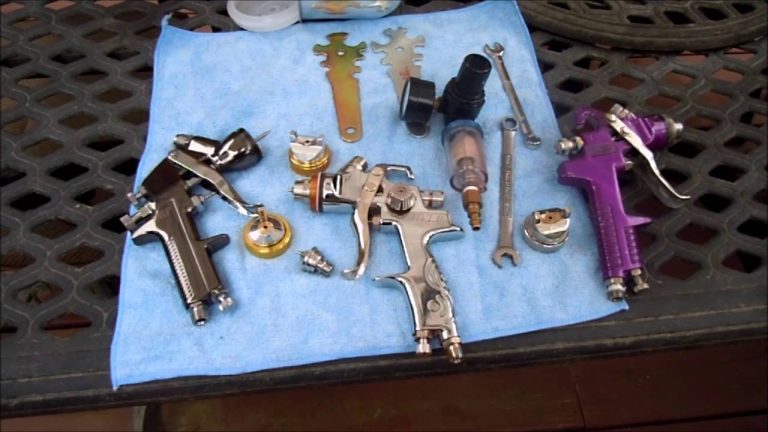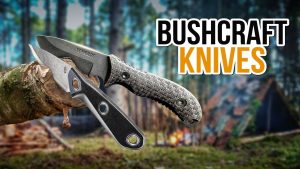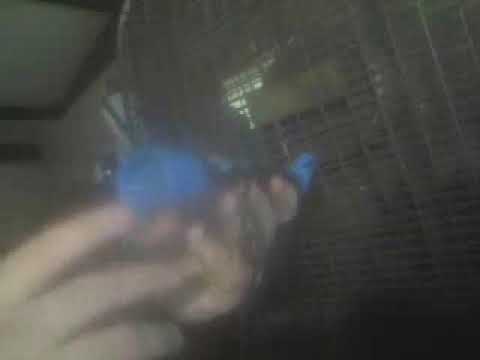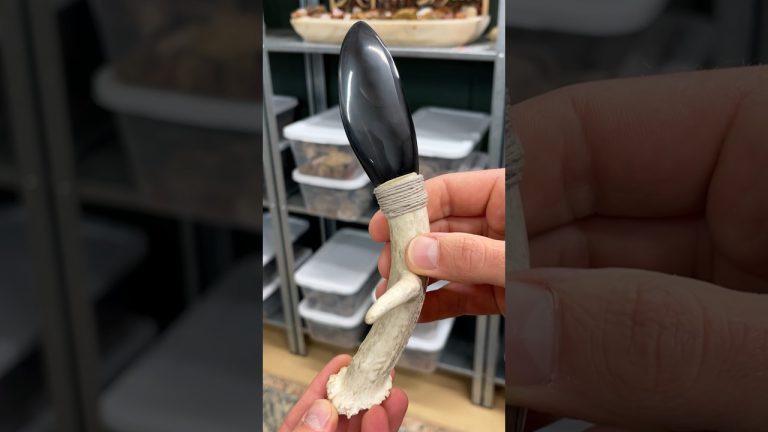431
Many campers and outdoor enthusiasts who are working with campfires start by building a teepee fire, whether they realize that’s what they’re constructing or not. I know this was the first fire type I ever started building with because it is so easy to construct. We built them regularly in Cub Scouts. I see kids all over making teepee fires – adults too!
What is a Teepee Fire?
A teepee fire is a campfire constructed by stacking sticks into the shape of a teepee. It looks much like a cone shape when complete. It differs from other common campfire types because the sticks are stacked almost vertically rather than horizontally.
The teepee fire is probably the most common campfire type. It’s regularly taught in outdoor survival classes and in programs like the Boy Scouts, Cub Scouts, etc. It’s a favorite of many people because it’s so fast and easy to construct. The teepee fire has some downsides, however.
Rather watch than read? I cover the teepee fire and 3 other types of campfires in the video below.
Pros and Cons of a Teepee Fire
Pros
- Quick Ignition: Its design allows the fire to rise quickly from the tinder to the kindling and then to the larger logs, making it relatively easy to start.
- High Flames: The teepee structure tends to produce tall flames, which can be visually pleasing and useful for signaling in emergency situations.
- Self-Feeding (to a degree): As the logs burn, they collapse inward, which can help in maintaining the fire for a certain duration without much interference.
- Ideal for Quick Cooking: The tall flames can be used for boiling or cooking food quickly under a campfire tripod, especially if you only need the fire for a short period of time. This is certainly the fire best suited to rapidly boiling water with firewood, but there are – of course – other methods of boiling water while camping that don’t involve a campfire.
Cons
- Not Long-Lasting: Without intervention, the teepee structure burns out quicker than some other fire layouts.
- Inefficient Fuel Consumption: It tends to burn wood faster due to its design, which might not be ideal in situations where you have a limited wood supply.
- Requires Monitoring: As the fire burns and the logs collapse, it may need rearranging or rebuilding to maintain a consistent fire.
- Less Stable: The teepee structure, especially if built tall, can be less stable than other configurations. This can lead to logs falling out of alignment, which could be a safety hazard.
- Not Ideal for Extended Cooking: For cooking foods that require a long time (like roasting), the short lifespan of a teepee fire isn’t ideal. You’d need a more consistent heat source.
How to Build a Teepee Fire

The teepee fire method is one of the most basic and popular ways to start a campfire. Here’s a step-by-step guide on how to do it.
Building the Teepee Frame
- Start by placing a handful of tinder in the center of your pit.
- Arrange the kindling over the tinder in the shape of a teepee. Stick them into the ground slightly to help them stand upright.
- Place the larger pieces of firewood around the kindling in a similar teepee structure. Ensure that there’s enough space for air to flow, as fire needs oxygen to burn.
Light the Tinder
- Light the tinder in several places. As it catches fire, the kindling will begin to ignite.
- Once the kindling is burning steadily, the outer firewood will catch fire.
Maintain the Fire
- As the teepee structure burns, the logs will fall inward. That’s okay. This method is designed to give the fire a strong start. Once the fire is well-established, you can add more logs as needed, placing them on top or around the burning wood.
- Always monitor your fire closely and keep water or a fire extinguisher nearby for safety.
Best Fire for You?
What’s your favorite style of campfire? I’m also curious what the first type of fire you ever made is. Let me know in the comments section. Burn on!







